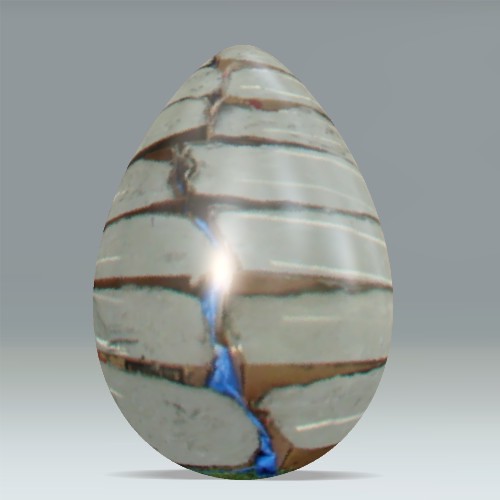
Scouring for fossils in the Patagonian badlands of Argentina, a team of 12 paleontologists (fossil scientists) held their breath when they chanced on a stretch of untouched desert. Within minutes they struck gold: Thousands of gray, fossilized dinosaur eggshells lay strewn across a 1.6-square-kilometer (1-square-mile) site.
The trove's ultimate treasure: Dozens of whole dino eggs measuring about 15 cm (6 in.) in diameter, scattered on the ground or buried in soil up to 4.8 m (16 ft) deep. Researchers gingerly chiseled open eggshells, and to their amazement found unhatched dino embryos concealed inside.
"It was fantastic!" exclaims paleontologist Luis Chiappe, who led the expedition in November 1997. "Fossil embryos are among the rarest fossils to be found. And in this one site were more embryos than have ever been found before."
In addition to tiny embryonic bones, many eggs contained patches of fossilized skin--the first baby dinosaur skin humans have ever laid eyes on. "Finding embryo bones is rare enough, but finding the tissue of embryos is truly spectacular," Chiappe says.
The fossil skin reveals a scaly surface much like lizard skin. The presence of embryos made it possible for researchers to identify the dinos as part of a group called sauropods, plant-eating creatures with long necks and tails, massive bodies, and four tree-size legs. They rank among the largest land creatures ever to trod on Earth. Had the eggs hatched, the dinos would have been 38 cm (15 in.) long as newborns and grown to adult lengths of up to 13.6 m (45 ft) from head to tall.
One embryo was preserved with 32 pencil-shaped teeth, each less than 1/4 cm (1/10 in.) long. The teeth, says Chiappe, hint that these dinos were titanosaurs, the only sauropod dinosaurs alive at the end of the Cretaceous period, about 65 million years ago--when dinosaurs suddenly became extinct.
The nesting site, estimated at about 70 to 90 million years old, rates among the largest dino-egg deposits ever found. Chiappe speculates that overflowing streams flooded the dino nesting site and buried the eggs under layers of mud, which helped preserve and fossilize the eggs.
Researchers plan to return to the fossil site next month for another dino-egg hunt. Clearly there's gold in them eggs!
Source Citation
Rivera, Rachel. "Golden Eggs." Science World 8 Feb. 1999: 4. Academic OneFile. Web. 29 July 2010.
Document URL
http://find.galegroup.com/gps/infomark.do?&contentSet=IAC-Documents&type=retrieve&tabID=T003&prodId=IPS&docId=A55183054&source=gale&srcprod=AONE&userGroupName=broward29&version=1.0
Gale Document Number:A55183054



No comments:
Post a Comment